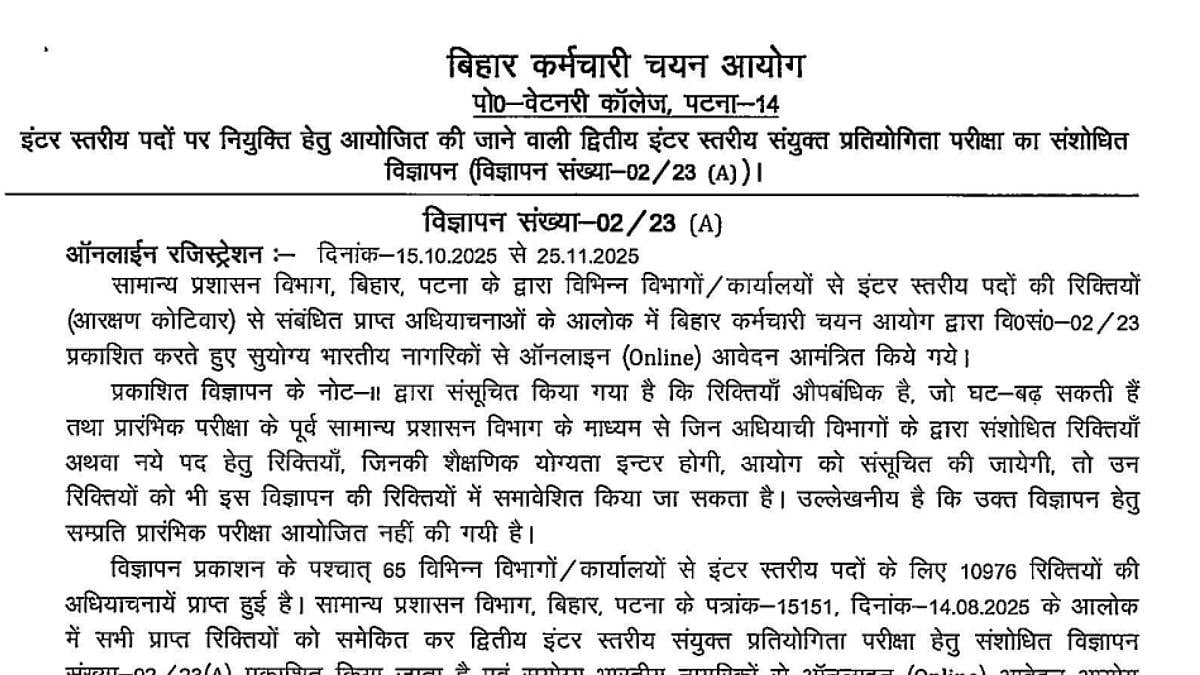In the age of analytical competition, business models and gaining competitive advantage (CA) are directly related to organizations’ data strategy. Incorporating data strategy enables the organization to unlock the potential value of data analytics. Data strategy is defined as organizing, governing, analyzing and deploying the information assets of an organization. An organization that makes extensive and systematic use of analyses to outperform its competition is defined as an analytical competitor.
Three levels of value creation from data: data as a tool, data as industry and data as a strategy i.e development of organizations dedicated to building data resources that enable them to develop radically innovative business models. There is no one-size-fits-all approach when it comes to deciding on Data Strategy. Crafting Data Strategy is not a stand-alone activity, it goes back to basics of first understanding what are the key goals and objectives of the organization and how to leverage data to make organization realize the objectives. The planning for data strategy also includes key decisions like which data points are important for decision making, how data will be acquired, where will it be stored, who gets the access for data and so on. Then comes the overarching decision of using tools, techniques and analytical skills which will help derive the insights from data. The decision on analytical process also drills down to the fact what are the core business needs of the organization and how can data enable a more informed decision.
Incorporating the data strategy enables the organization to unlock the potential value of data analytics which is often measured in terms of profitability, ownership, market growth, growth, innovation, leadership cost, product and service quality, delivery cycle time, customer satisfaction, flexibility and speed in meeting demands relating to the main competitors. There are six main areas where data can be put to work in any organization. These are decision making, understanding customers, and markets, launching smarter products, making intelligent services, improving business processes & operation and monetizing data. An organization can chose to use one or all the six areas of using data to practices provided it is in line with the overall goal of the organization. It’s important to start with identifying “why” an organization needs to use data, explore wide range of possibilities of getting it done, analytical technique to choose and keeping in mind regulatory and ethical considerations. So, its important for organization to hone their skills in developing data strategy, and develop plan and process geared towards realizing organizational goals and objectives.
Data is integral part of decision making; right from contact tracing to bringing back to work, predicting changes in demand to providing visibility into the supply chain. Innovations backed by Data, Analytics, and AI have become key to the success of organizations. With the increased pace of Digital Transformation companies have access to large data sets but do not completely understand how to unleash the power of data. Any organization can continue doing blue-sky thinking to explore creative ways of utilizing data, but it should lead with the right strategy. Trying to utilize data in a rush without knowing the result or burying head in the sand and ignoring the data-driven outcomes both situations will not lead to a positive result. Trying to harness the power of data without a data strategy is like boiling the ocean. A data strategy encompasses what an organization wants to do with data and decide top strategic priorities for data backed by key organizational objectives.
Conclusion: In the past we try to understand how the organizations analyzing the available data by using descriptive analytics. Descriptive analytics helps the organization to understand the past. With the availability of big data, we entered the area of predict the future outcome. It uses different tools and techniques such as mathematical science, algorithm, machine learning and computational modelling techniques. With the understanding of descriptive, predictive and prescriptive analytics, businesses find better informed decisions that take into the account of the future outcomes.










